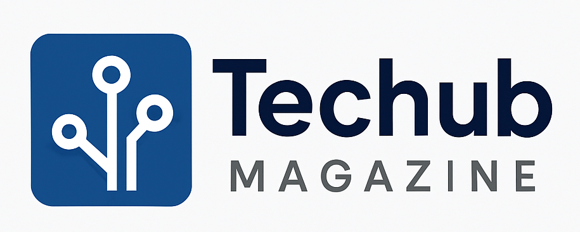
In industries where precision is critical—such as manufacturing, aerospace, automotive, electronics, healthcare, and energy—test equipment calibration plays a vital role in ensuring safety, reliability, and compliance. Whether you’re measuring voltage, pressure, temperature, or torque, using uncalibrated instruments can lead to costly errors, product failures, or even regulatory violations.
But what exactly is calibration, and why is it so essential? Here’s everything you need to know about the process, benefits, and best practices of test equipment calibration.
What Is Test Equipment Calibration?
Calibration is the process of comparing a measurement instrument or device against a known standard to determine and correct any deviations or inaccuracies. The reference standard must itself be traceable to national or international standards—such as those from NIST (National Institute of Standards and Technology) or ISO.
This process involves:
- Measuring known values with the instrument
- Determining the error or drift
- Adjusting the device (if applicable) to bring it back within acceptable limits
Calibration doesn’t only verify accuracy; it documents the instrument’s performance and ensures it meets industry standards.
Why Calibration Is Important
- Accuracy and Reliability
Uncalibrated test equipment can produce incorrect readings, leading to poor quality control, failed inspections, or misdiagnosed issues. - Compliance with Standards
Many industries are regulated by bodies that require calibration at specific intervals (e.g., ISO 9001, FDA, FAA). Regular calibration helps maintain compliance and avoid legal or financial penalties. - Product Safety and Performance
In fields like aviation, automotive, and healthcare, inaccurate measurements can have life-threatening consequences. Calibration ensures systems operate within safe parameters. - Cost Savings
Regular calibration helps detect performance issues early, reducing downtime, product recalls, and costly rework. - Data Integrity
Trustworthy measurements are the backbone of data-driven decisions in R&D, quality assurance, and production. Calibration ensures your data is valid and repeatable.
Types of Equipment That Require Calibration
Calibration is essential for a wide range of instruments, including:
- Multimeters and oscilloscopes
- Pressure gauges and flow meters
- Thermometers and temperature sensors
- Torque wrenches
- Weighing scales and balances
- Signal generators and analyzers
- pH meters and environmental monitors
Even the most advanced digital tools drift over time and require regular checking.
Calibration Frequency: How Often Should It Be Done?
There is no one-size-fits-all answer, but typical intervals are:
- Annually, for most industrial tools
- Semi-annually, for high-precision or critical instruments
- After repair or physical impact
- Before major production runs or audits
The frequency should be determined by the manufacturer’s recommendations, usage intensity, environmental conditions, and compliance requirements.
In-House vs. Third-Party Calibration
Companies can choose to:
- Calibrate in-house (if they have certified labs and trained personnel)
- Use accredited third-party labs that offer traceable, documented calibration and often faster turnaround
Third-party labs often provide ISO/IEC 17025 accredited calibration, which is essential for global recognition.
What’s in a Calibration Certificate?
A valid calibration certificate includes:
- Instrument make, model, and serial number
- Date of calibration and due date
- Calibration results (before/after adjustment)
- Reference standards used
- Environmental conditions
- Technician name and lab accreditation
This document is crucial for audits and traceability.
Final Thoughts
Test equipment calibration is not just a technical process—it’s a business-critical practice that ensures the accuracy, safety, and integrity of every product and service you deliver. Whether you’re testing medical devices, aircraft components, or factory sensors, calibrated instruments are the foundation of trust in your operations.
Investing in regular calibration isn’t just smart—it’s essential for quality assurance, regulatory compliance, and long-term success.
